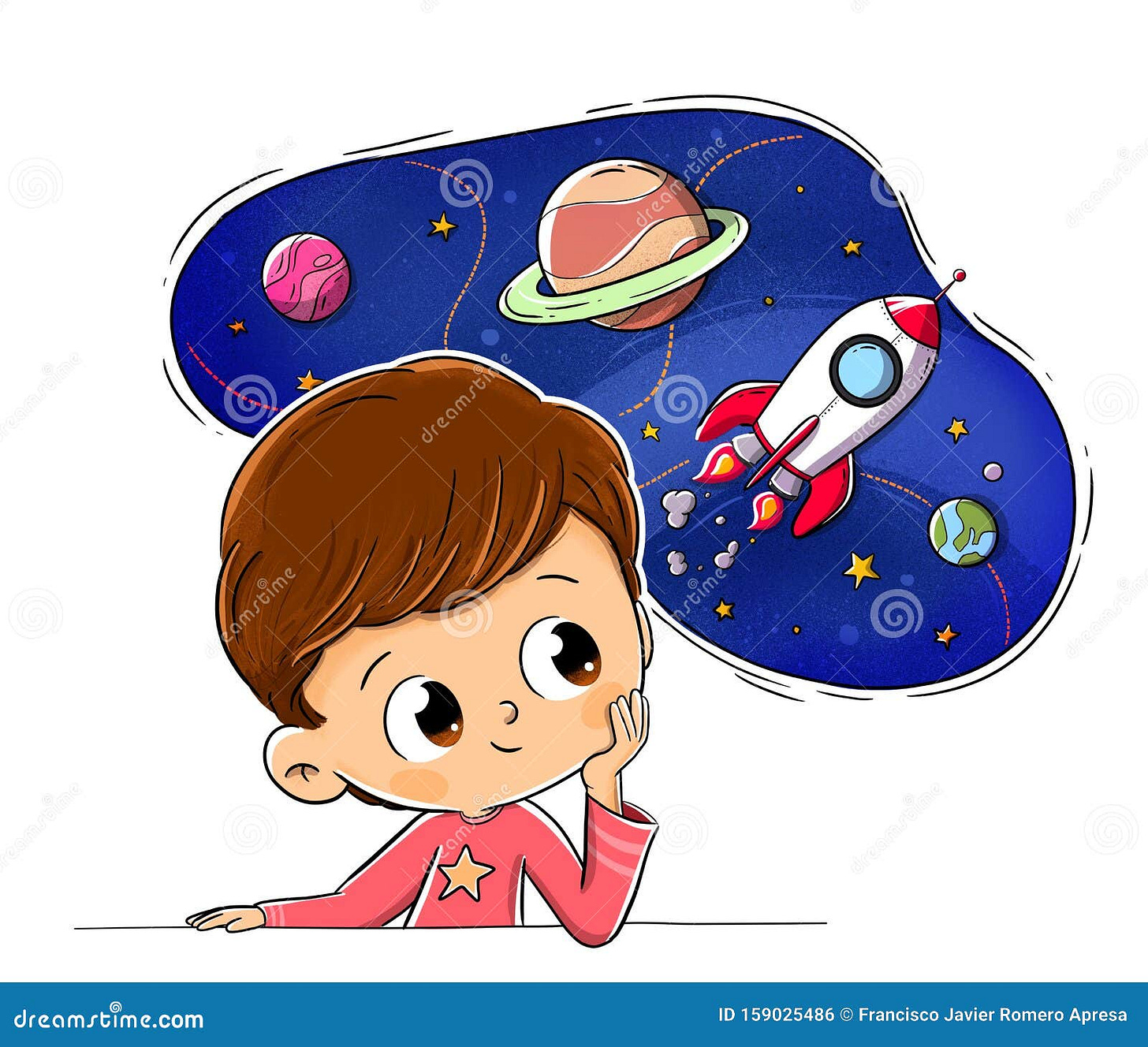Unleashing Creativity
Embracing the uniqueness of every child.
10-year-old Raunak, 7-year-old Ameen, and 8-year-old Abhi were given a blank sheet .They're told to draw anything. Anything at all! The result? two mountains, a house, a lake. Three unique minds, drawing a strangely similar scene.
What just happened?
Standardization of creativity. Children are often taught what to think, not how to think. This limits their critical thinking and self-expression skills.
Why do we standardise creativity?
Teaching a standardized lesson to a class of 40 is easy compared to crafting unique lesson plans for every child. Schools and exams often take a standardized approach to gauge a child's academic level - it's easy and efficient, but is it effective?
What harm can that do?
Imagine a world where Shane Warne was told bowling had a single, rigid form. Would his legendary spin have ever emerged?
The current world requires innovative thinkers, and comfortable navigating unstructured environments. Giving children too many rules and structures can put them in a box and hinder their unique spark!
So how do we unleash that spark?
a. The “What if” playground: Ask children to imagine a "what if" world. For example, "What if houses could control temperature? What shape could a house be?" This helps children think about answers in their own unique way.
b. Build Observation: Ask the child to notice different aspects of their environment on a day-to-day basis. For example, "Why is a car curved on top? Can it be different?" This helps children build their independent thought processes.
c. Embrace Uniqueness: In a competitive world where children are pressured to fit in, it's important to help them embrace their thought processes. Guide them with mind maps and sandbox thinking tools to foster their creative process. Read this book to know more.
d. Ask questions- Ask questions about a child’s artwork to show interest. Can you tell me a bit more about this object? How did you come up with the idea? This tells the child that you are interested in knowing their unique approach and builds their confidence.
e. Listen: Finally, listening to a child's perspective on the world can foster creativity and self-expression. As adults, we often try to shape children, but what if we learned from their raw, unbiased views?
Remember, every child is unique and has their own experiences. It is important to help them find a voice to build a generation of problem-solvers and innovative thinkers.
Related articles:
a. The Power of Self Expression
b. The Art of Talking to Children
c. What's outside the box!





![Kids observing through telescope - Stock Illustration [97506104] - PIXTA Kids observing through telescope - Stock Illustration [97506104] - PIXTA](https://substackcdn.com/image/fetch/$s_!MyyZ!,w_1456,c_limit,f_auto,q_auto:good,fl_progressive:steep/https%3A%2F%2Fsubstack-post-media.s3.amazonaws.com%2Fpublic%2Fimages%2F8688c47e-e602-4b0d-922b-e5dc92c2ad11_450x287.jpeg)

